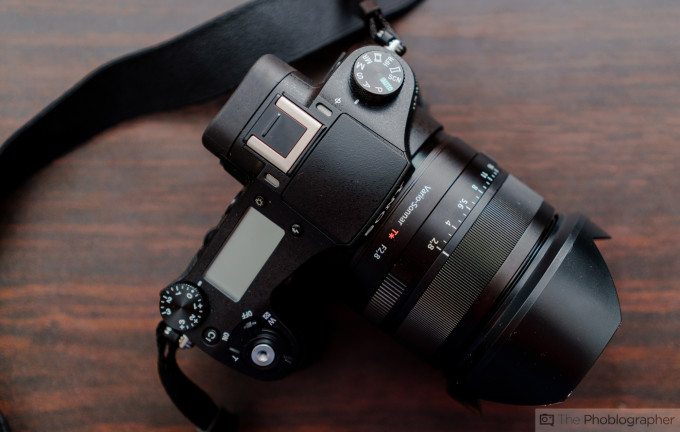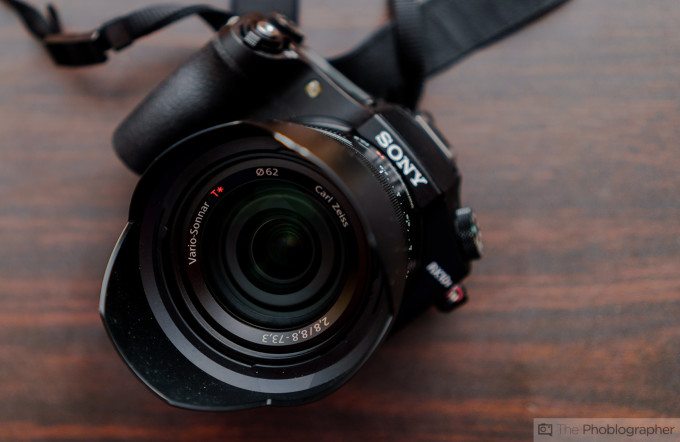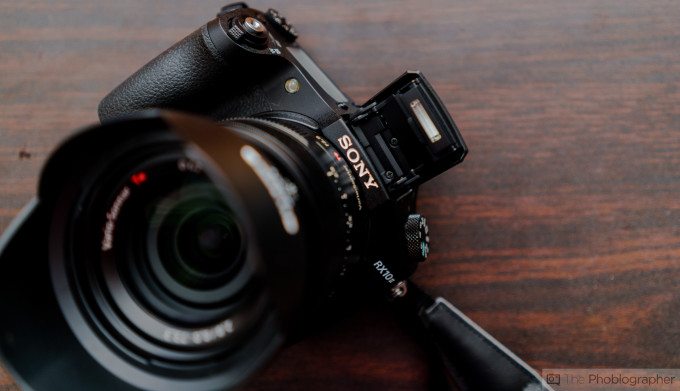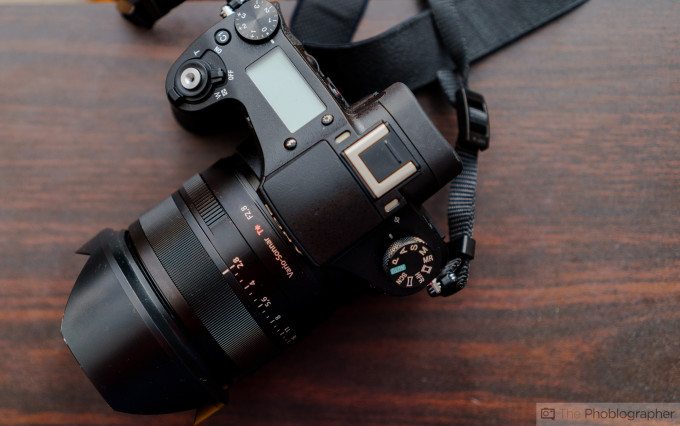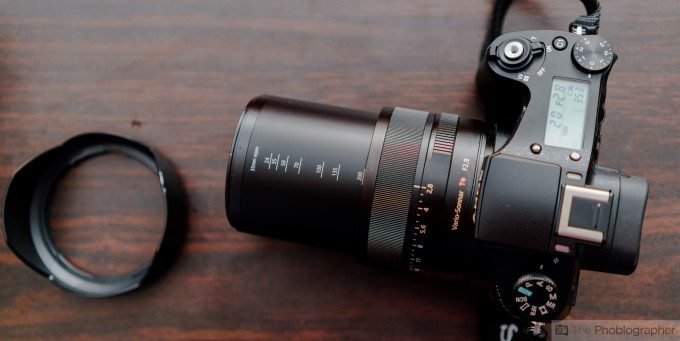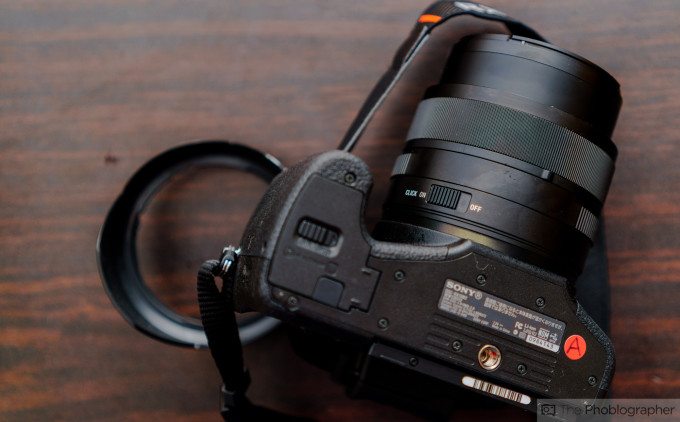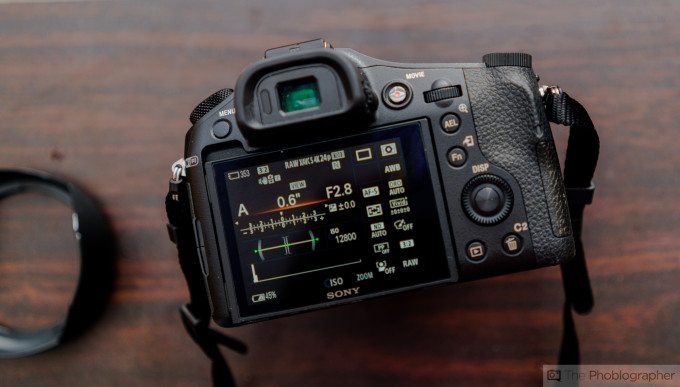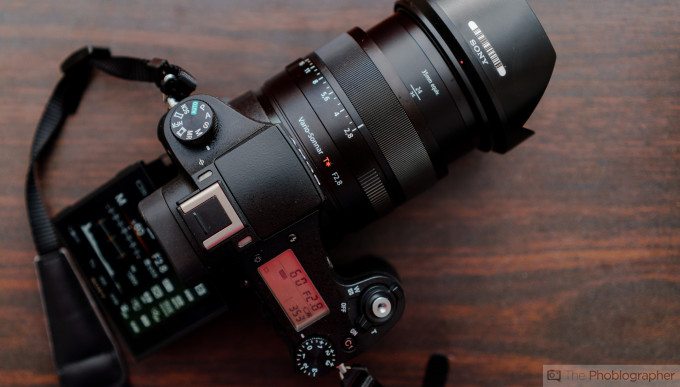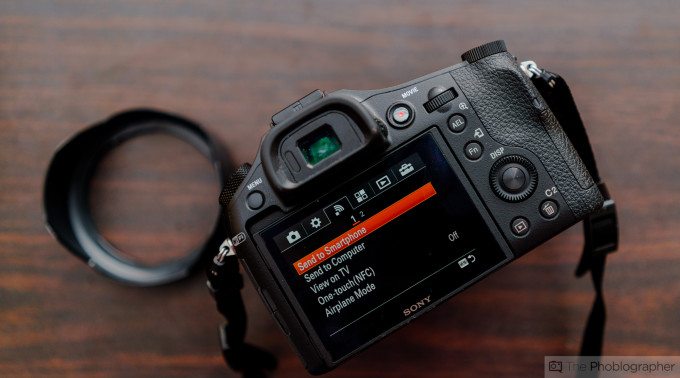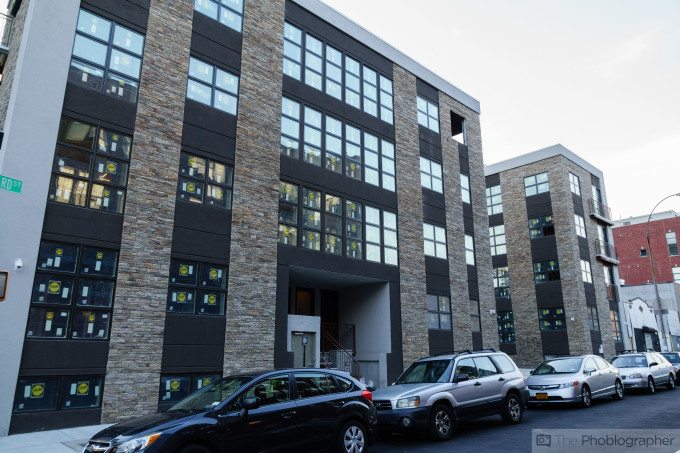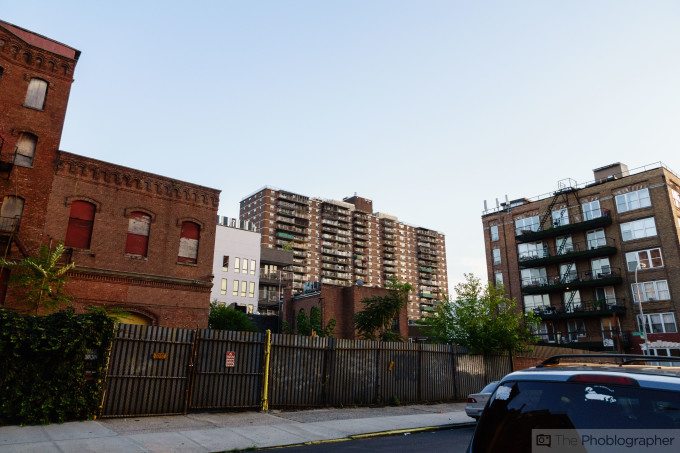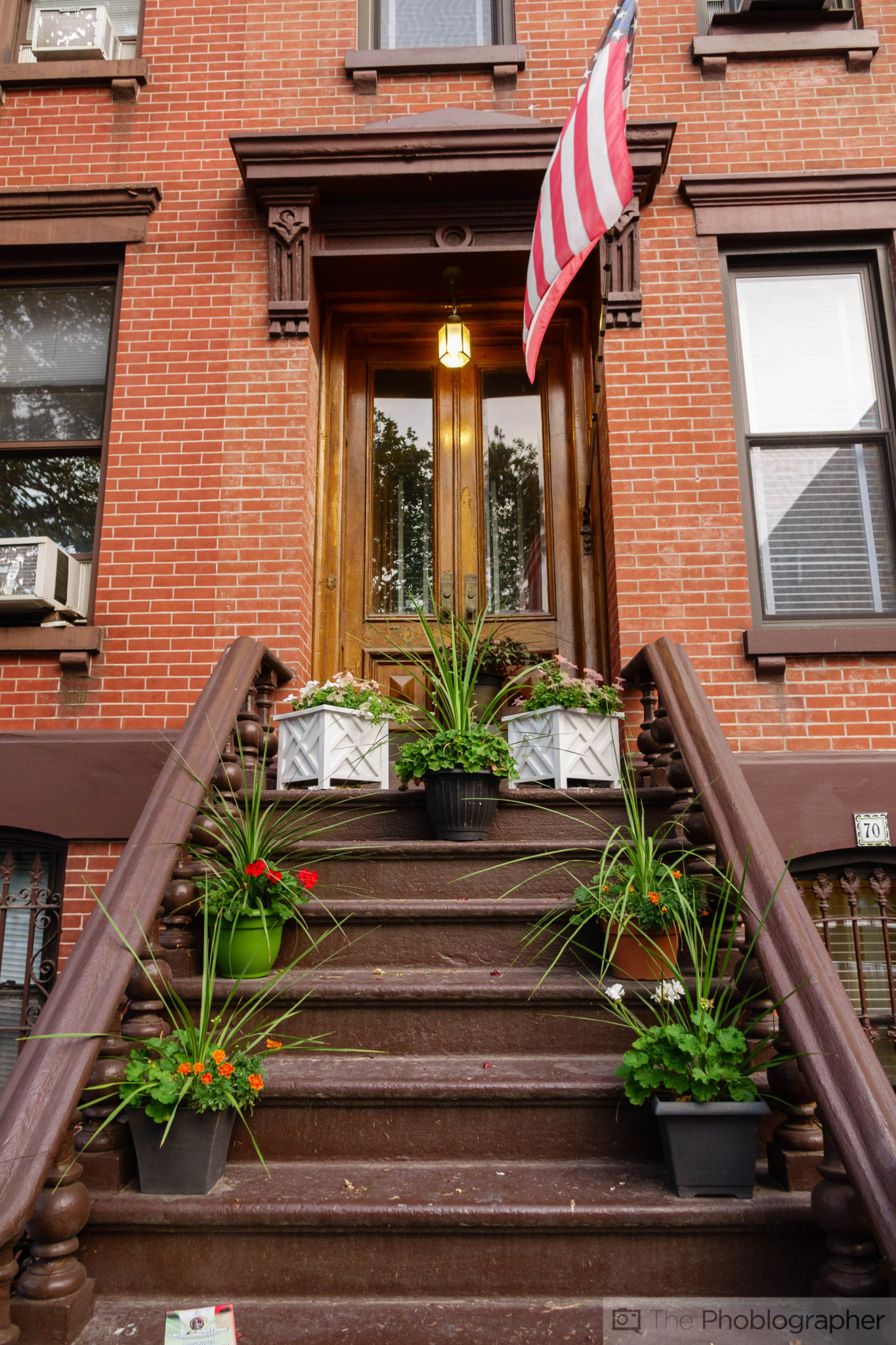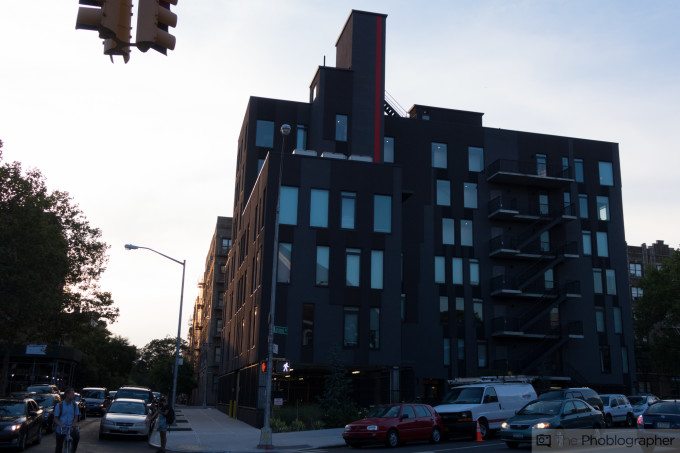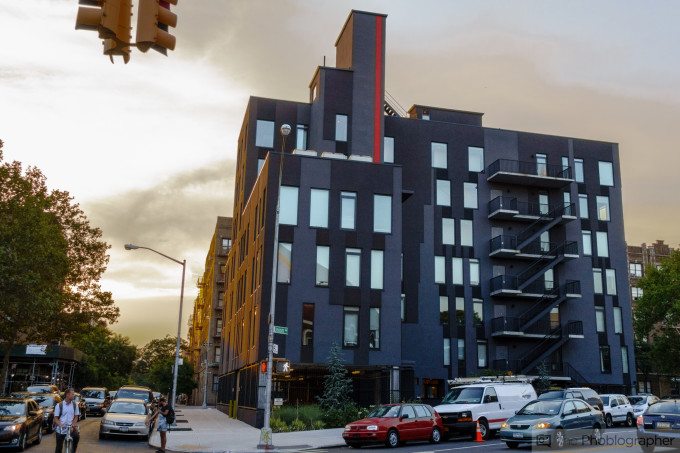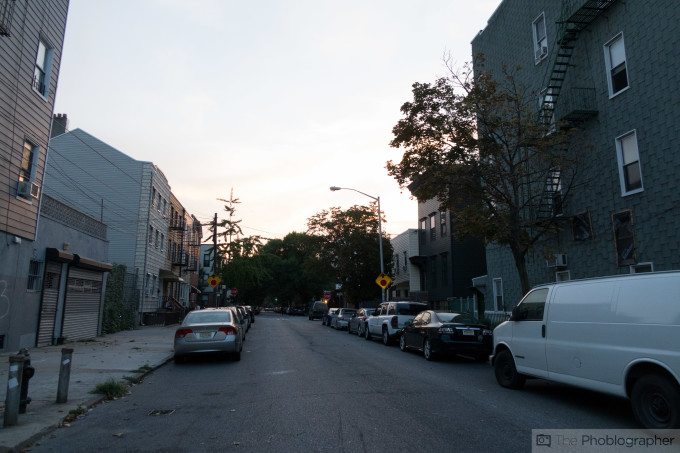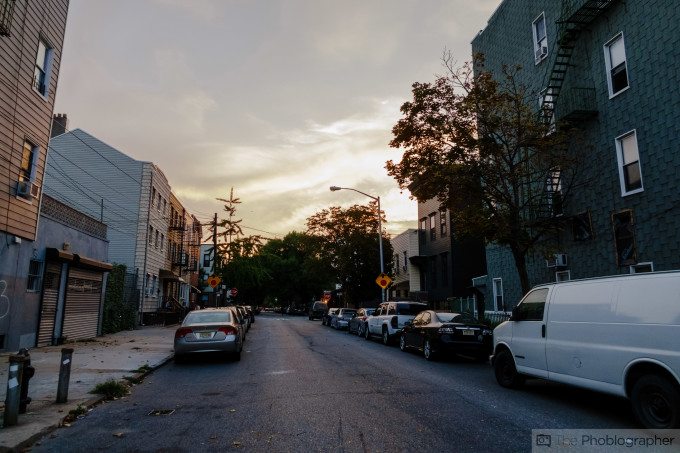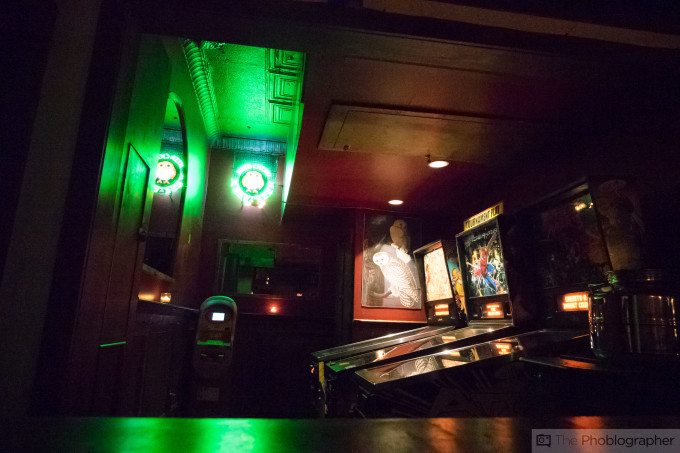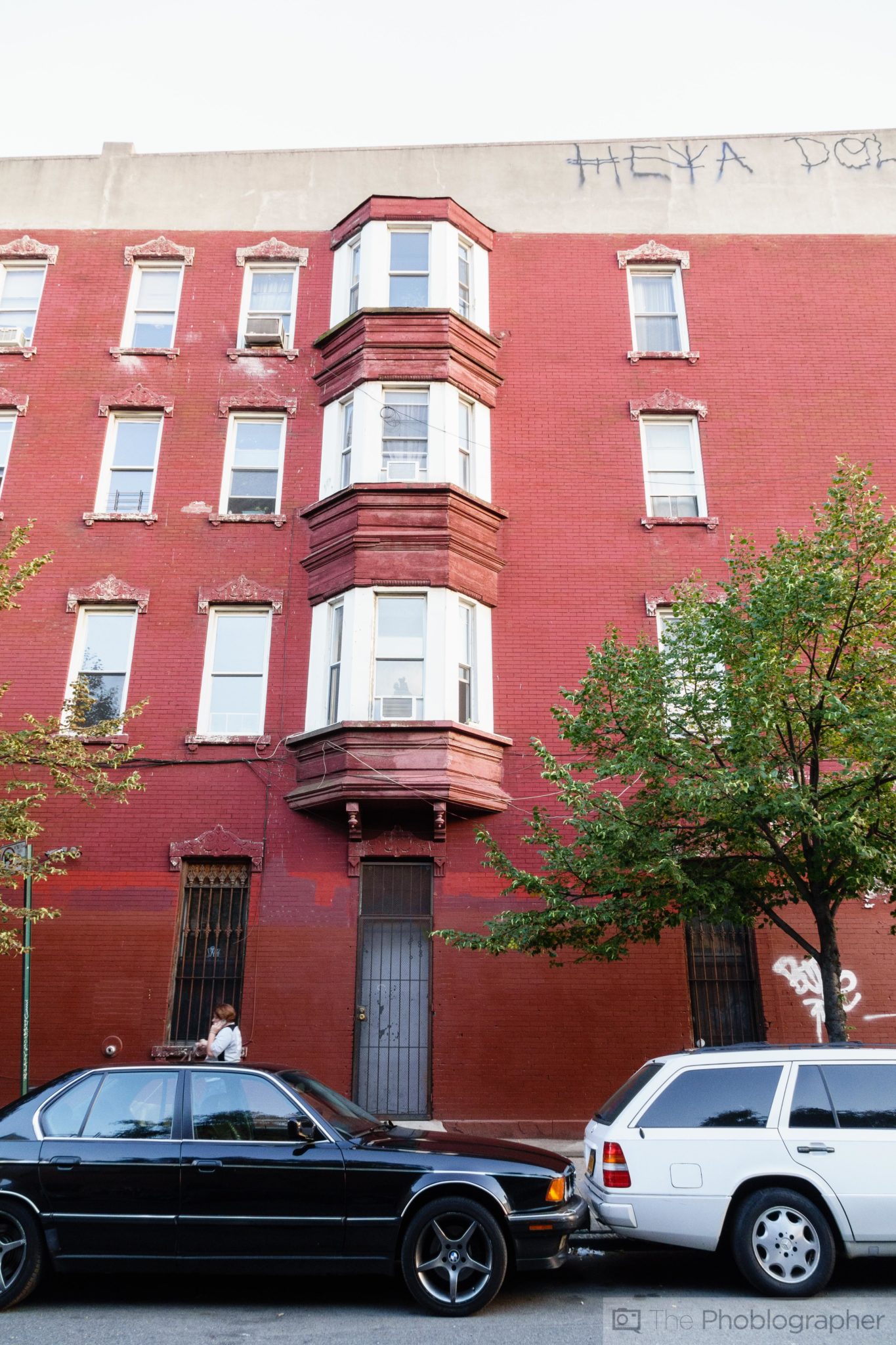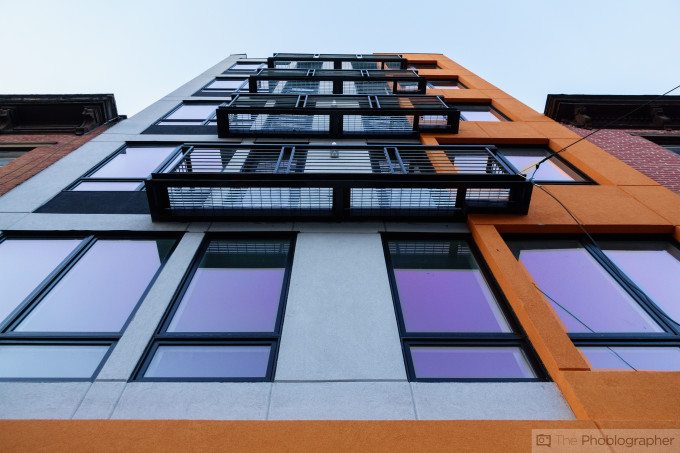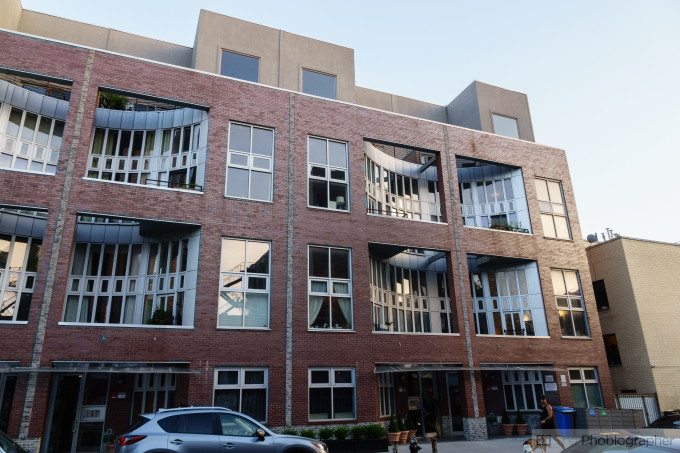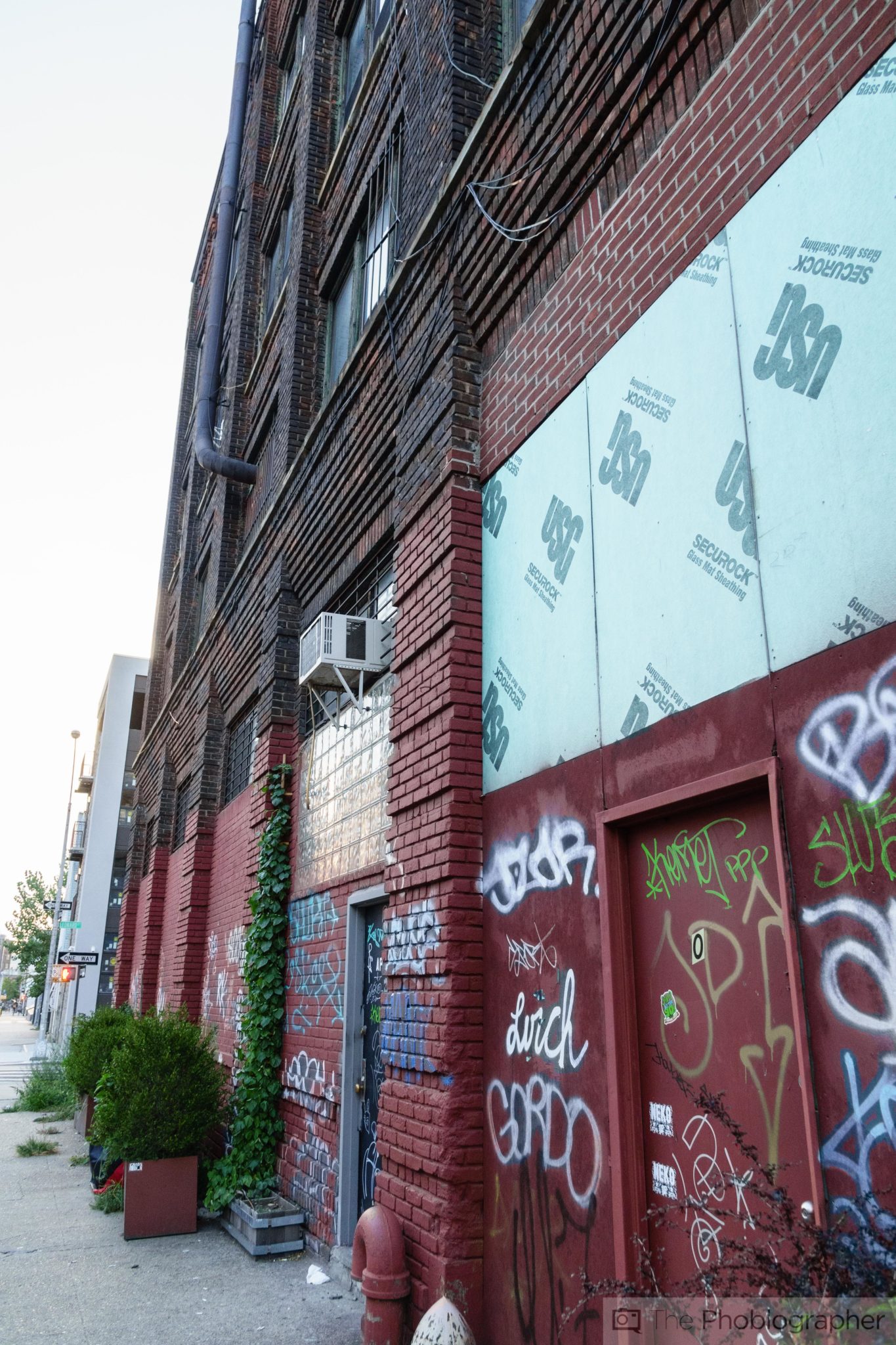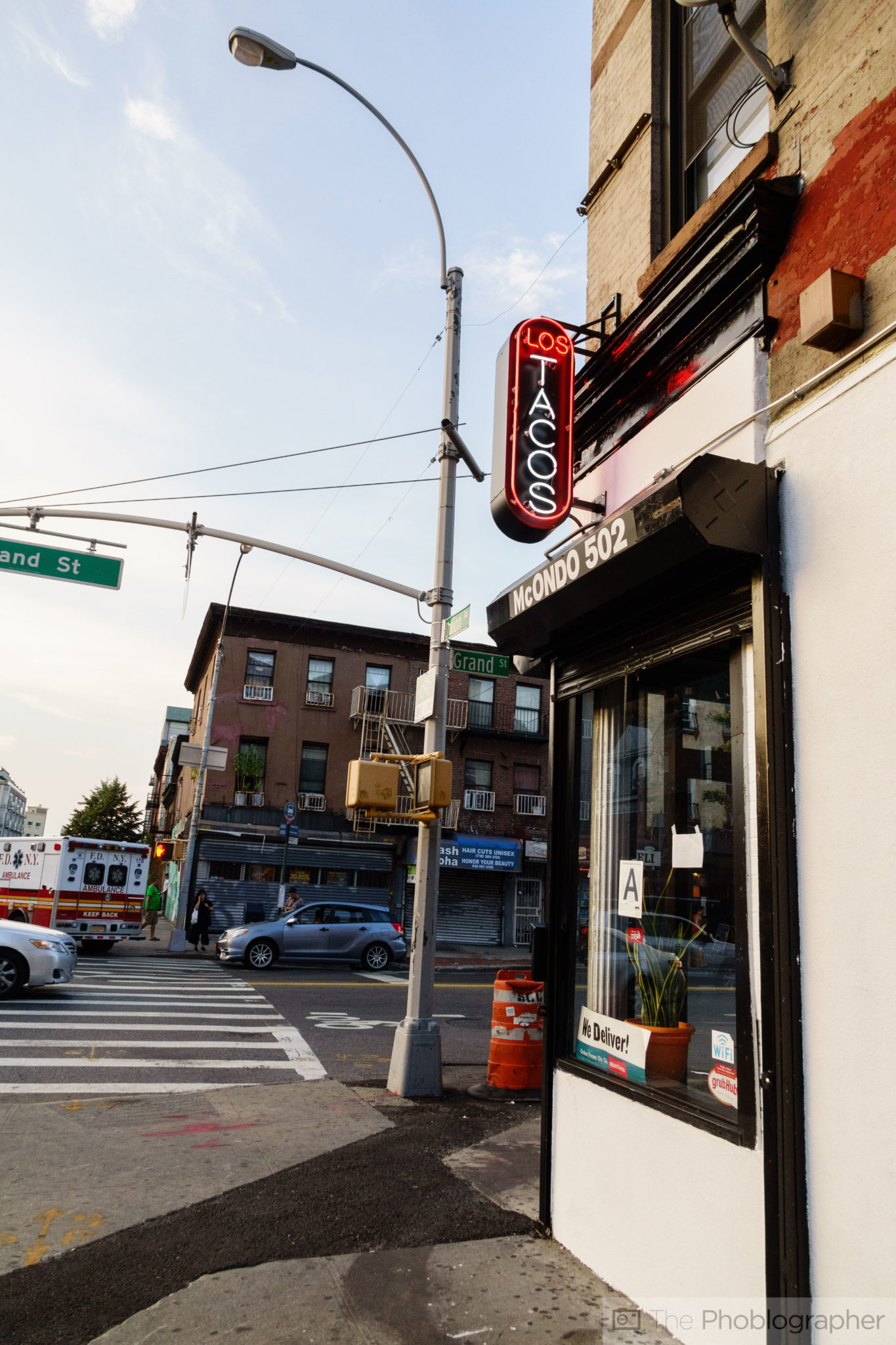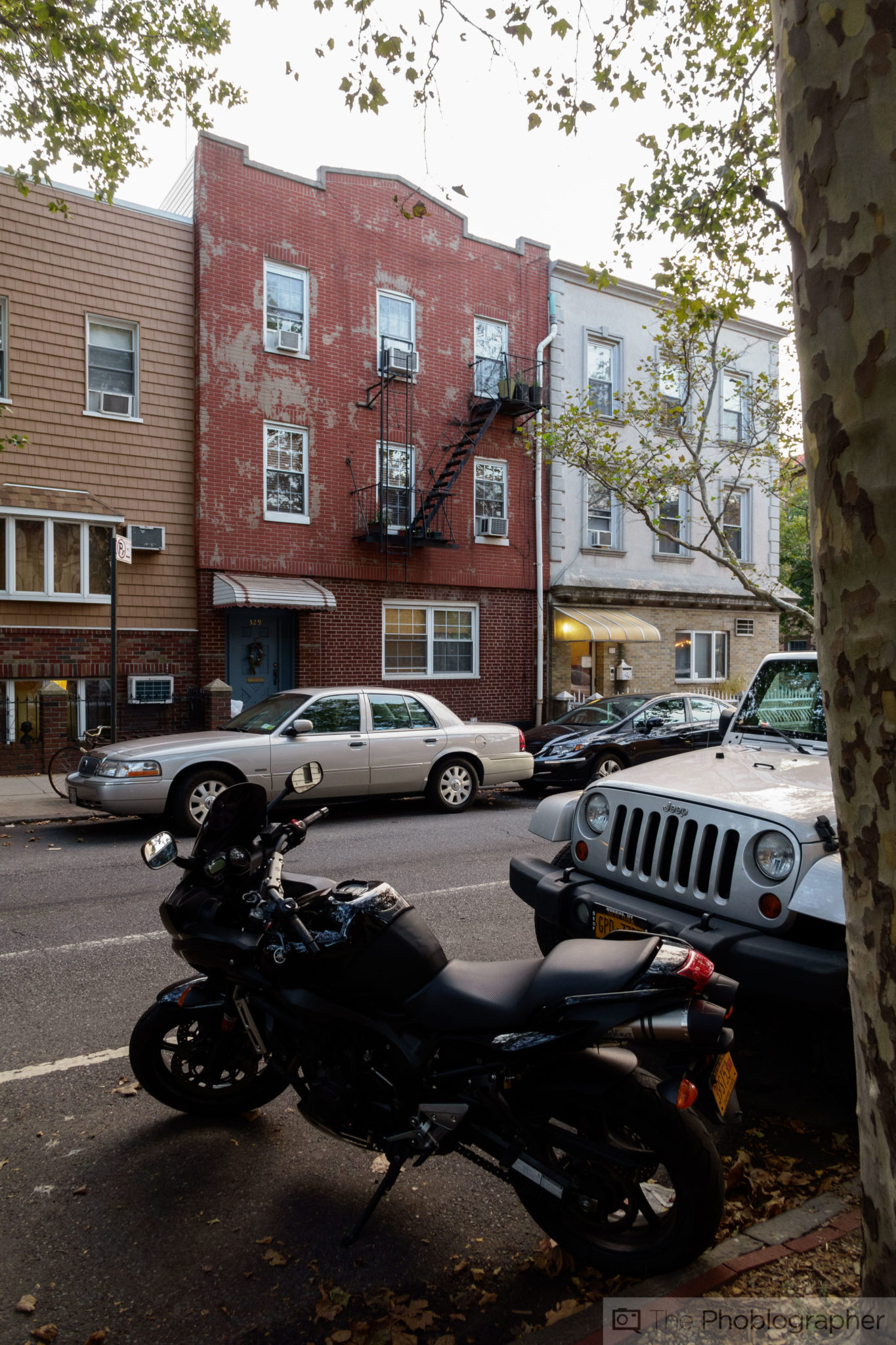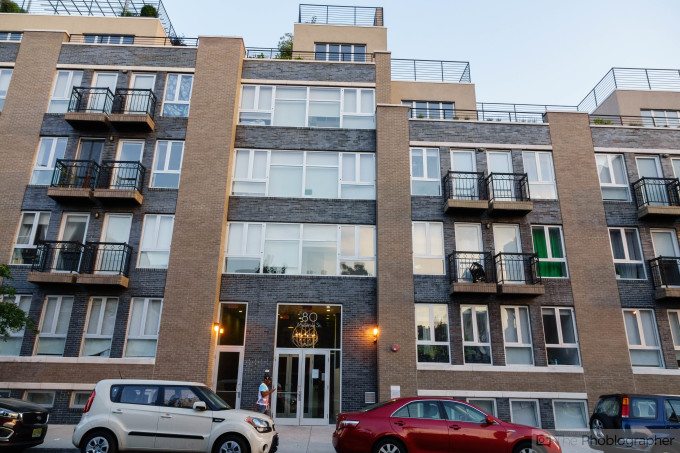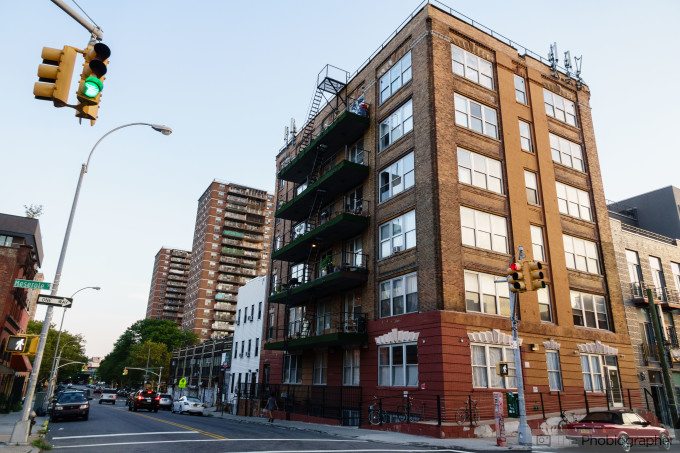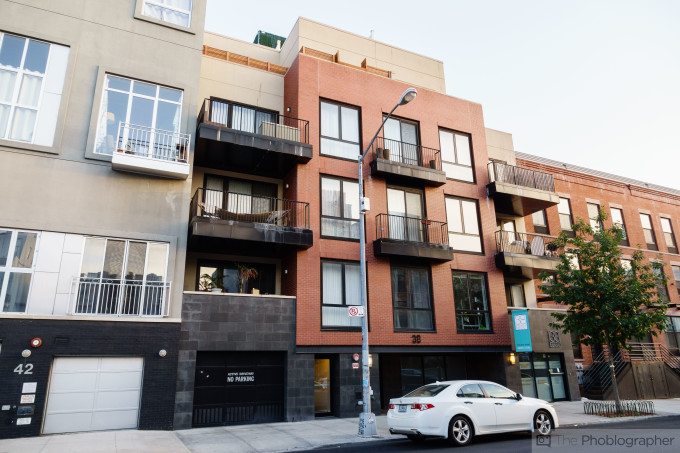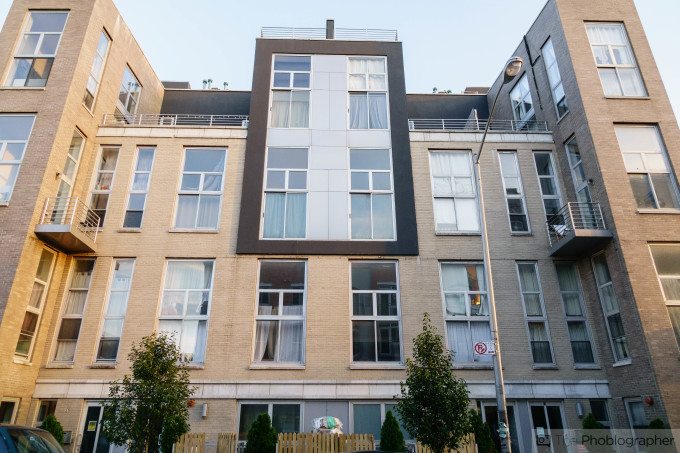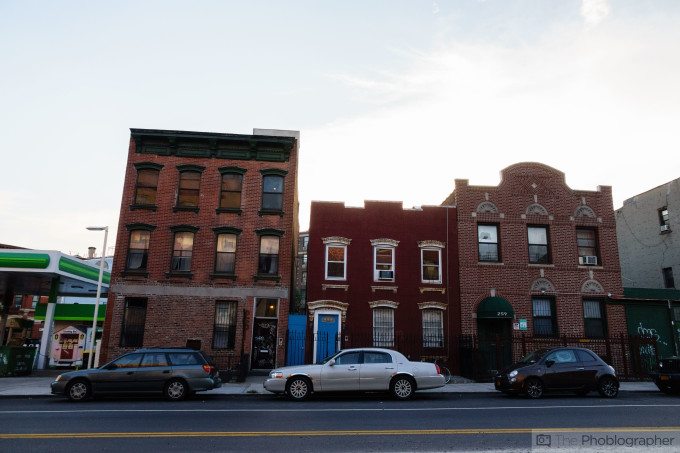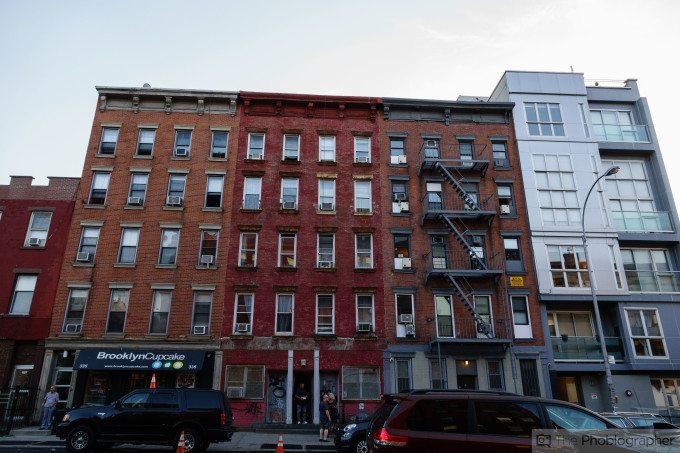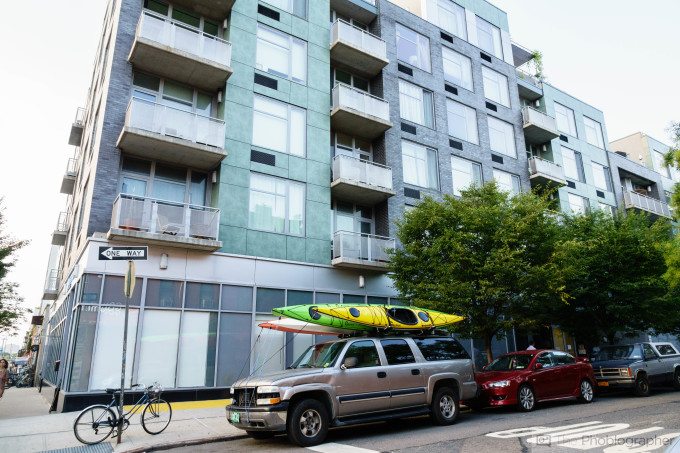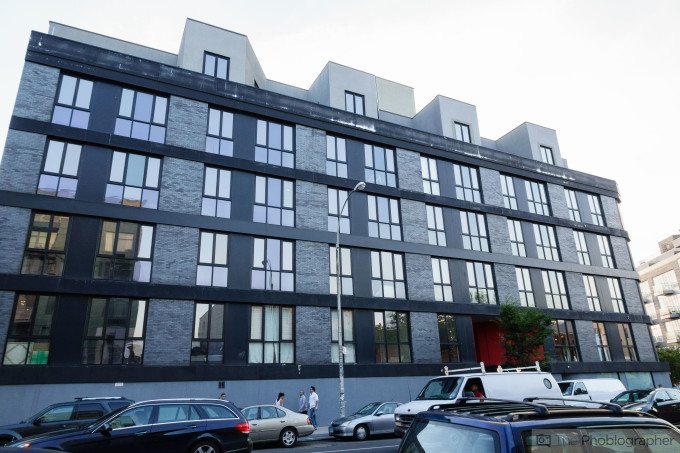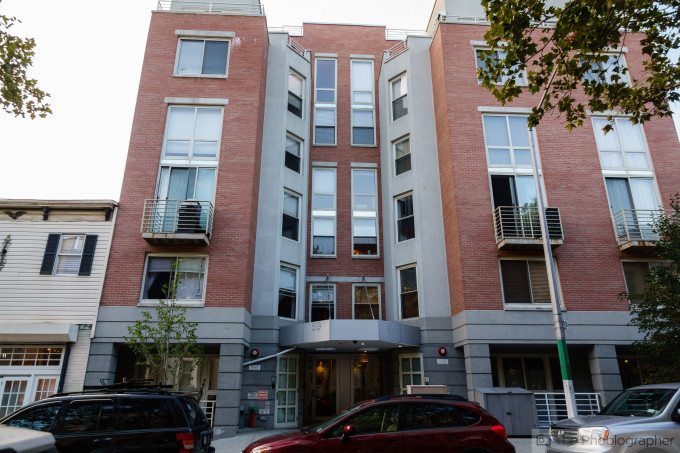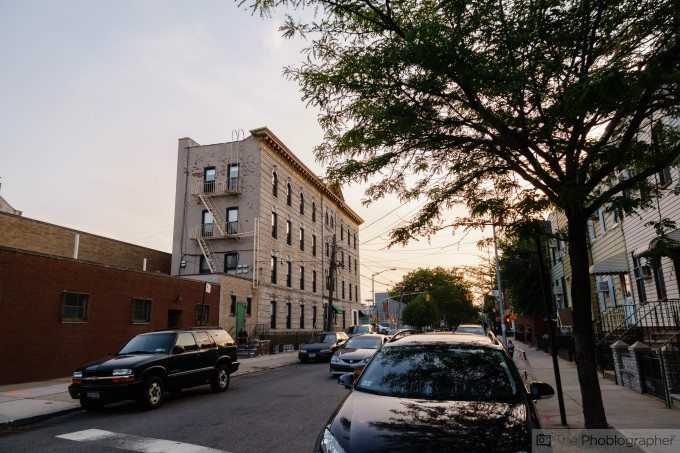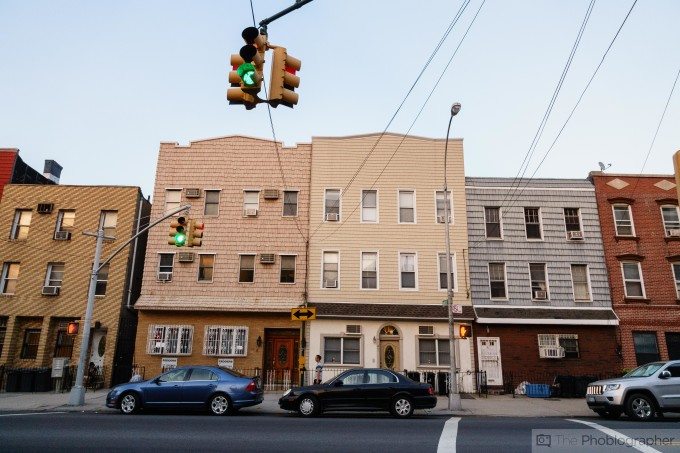Last Updated on 09/02/2015 by Chris Gampat
Sony’s high-end point and shoot cameras have greatly improved in quality over the years–and it started with the RX100. From the success that they got from that little 1 inch sensor and a fast zoom lens, they created the RX10. The Sony RX10 Mk II builds on its predecessor’s successes with an even more powerful engine to allow the camera to shoot 4K video and high-speed video, and it has silent shutter capabilities and lots of other amazing features that can easily make this camera a DSLR replacement for many enthusiasts (and, well, this is going to sound crazy, but even the pros).
Let’s clarify on that one: this can’t be a replacement camera for all pros: but journalists attending events (not photojournalists), concert photographers, street and travel shooters may never have a need to get another camera again. The advantage of the 1 inch sensor is that you get lots of a subject in focus at a given aperture–though you combine that with the light gathering abilities of a constant f2.8 aperture lens that zooms from 24-200mm. Seriously, what else could someone really need?
Still don’t believe us? Wait till you see the high ISO abilities and the RAW file versatility.
Pros and Cons
Pros
– Compact size.
– Lots of zoom range.
– Silent zooming.
– Great image quality that really impresses us.
– Incredible RAW file versatility.
– Very good high ISO results for a camera like this.
– Lots of cool extra features like high frame rate shooting.
Cons
– Zoom lens is a bit too slow to zoom in and out for our liking. We wish it were more touch sensitive.
– Sony seriously needs to get on top of that deplorable battery life problem with pretty much all their cameras.
– Weird and unconventional metering system.
Gear Used
We used the Sony RX10 Mk II alone by itself. Images were transferred via WiFi to an Asus Zenfone 2.
Tech Specs
Taken from the Adorama listing of the camera
- World’s first 20.2 MP 1″ Exmor RS stacked back illuminated CMOS
- High resolution 4K movie recording with direct pixel readout and no pixel binning
- Super slow-motion movie HFR (High frame rate) up to 960 fps (40x)
- Super-speed Anti-Distortion Shutter at max. 1/32000 sec. up to 14fps
- Bright constant F2.8 ZEISS Vario Sonnar T lens (24-200mm)
- Fast Intelligent AF thanks to the new Exmor RS CMOS sensor
- Professional dust/moisture resistant magnesium-alloy body
- Bright XGA OLED Tru-Finer viewfinder and Sharp 3″ multi-angle LCD
- Simple connectivity to smartphones via Wi-Fi and NFC w/ camera apps
- Dual record of 16.8MP still while shooting movie w/ auto settings
- BIONZ X for superior detail and texture
- Quick precision autofocusing up to 0.09 sec
- Up to 14fps continuous shooting without blackout
- Support for PlayMemories Camera Apps (PMCA)
- Pro-style operability and features
- Choose pro-quality XAVC S or AVCHD movie recording
Ergonomics
The Sony RX10 Mk II is a point and shoot–though the more refined among us may label it a fixed lens camera instead. With that in mind, we begin our ergonomics tour with the front of the camera. Here you’ll find the lens hood and front of the lens. The front of the camera is pretty much devoid of controls to keep things simple!
However, what you’ll appreciate is the pop-up flash. For what it’s worth, it’s only really useful without the hood and at a wider angle.
Move to the top and you’ll spot the hot shoe, zoom control rocker, shutter button, mode dial, and custom function buttons. You’ll also see lots of controls on the lens.
When looking at the lens, you can see the entire zoom range. The user can zoom in and out using a ring around the lens or the zoom rock around the grip. You will also find the aperture control ring here.
If you’re not a fan of the clicky aperture ring, you can set it to declicked using this little switch on the bottom. When first using the camera, it’s simple to hit this without getting used to its ergonomics.
The back of the camera is characterized by a giant LCD screen, viewfinder, two control dials and more buttons to do everything you’ll want. For the life us though, we also don’t know why Sony didn’t make this screen touch capable.
However, the screen can tilt up and down–but like the A7r Mk II we wish that it had more versatility.
Build Quality
The Sony RX10 Mk II offers both a splashproof and dustproof design, but we didn’t happen to take it to the beach during our tests. At one point, we put it on a wet bar counter–but that’s about as much abuse as it really took.
Ease of Use
If you’re not a fan of Sony’s menu system, then we’ve got some bad news for you–it’s the same. To be fair, Canon has also become increasingly more complicated and that’s because there is so much power packed into the camera and it’s very customizable. If you buy the camera, it’s worth it to spend some times getting used to it. A couple of years in as a Sony camera owner and the menus still confuse me at times.
What Sony could benefit from is color coding their menus.
Metering

This is where the review starts to get really weird.
In our Sunny 16 tests, we found the Sony RX10 Mk II to generally expose for the shadows in a scene–meaning that it tended to overexpose even in evaluative metering mode.
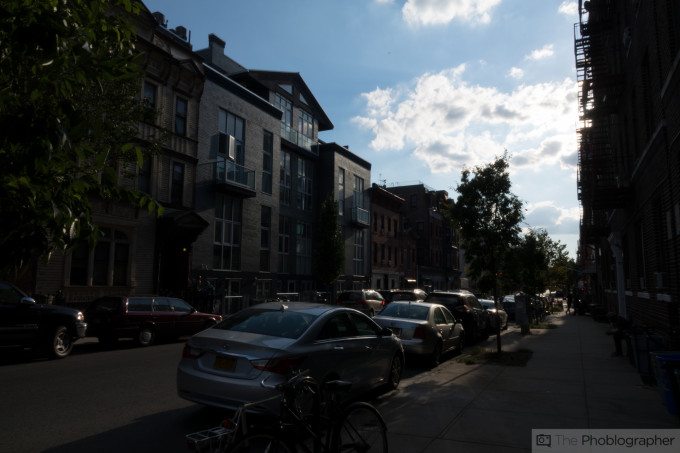
Then we took the camera back out and shot a scene at ISO 100, f16, and 1/100th of a second. The camera told us that we were underexposed by around 2 stops. Then when we confirmed AF, the camera said we were perfectly metered. The above image came out as a result.
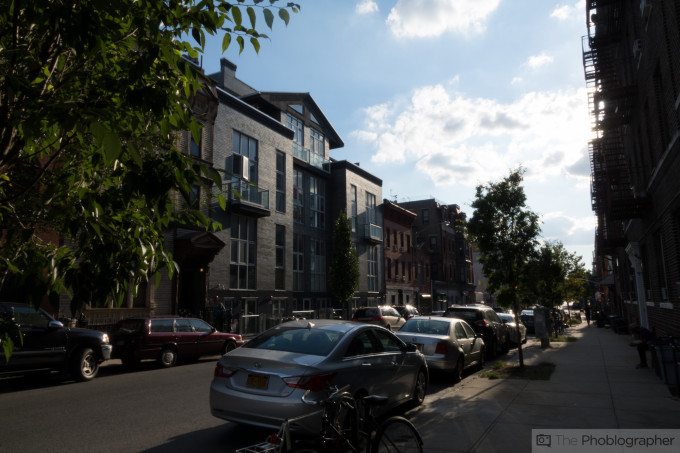
Then when we metered the scene around one stop overexposed according to the camera’s metering system, we got this image. This is what the metering for the scene should be approximately according to Sunny 16 rules. But the way it works out is a bit quirky.
When the camera is set to aperture priority though, you’ll get satisfactory results. But the way that metering works on this camera is rather unconventional. For what it’s worth, it proves that the camera is capable of capturing a solid dynamic range in the scene. Because of this, we recommend underexposing and pushing the files in post while working to retain the highlights. We have an explanation from Adobe on how to do that here.
Perhaps the results could be due to the BSI (back side illuminated) sensor.
Image Quality
The Sony RX10 Mk II is capable of producing incredible images–there is no doubt here. However, it’s also highly capable of capturing images that can even replace a DSLR or mirrorless ILC camera for many enthusiasts. We’ve already shown a little bit of what the dynamic range is capable of doing when it comes to the metering, but the output is more than just a result of what the sensor is capable of doing. When you put this sensor with the new processor and the 24-200mm f2.8 constant aperture Zeiss lens, you get results that will make you look twice at your entry-level mirrorless camera.
To start, here’s a photo at 24mm above. Below is the same scene at 200mm.
Bokeh
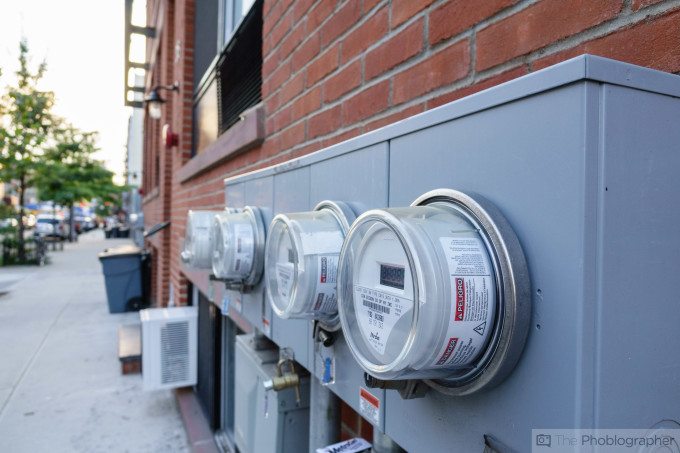
To get the best bokeh from the lens, you’ll need to shoot wide open quite obviously. At the wide end of the lens’s focal lengths at 24mm, you won’t get much. If you zoom in to 200mm, you’ll get pretty nice results but it will be nothing as beautiful as what you get with a larger imaging sensor.

Again, if you’re alright with this and realize that photography isn’t all about having beautiful bokeh, then you’ll have more of a reason to get this camera.
Sharpness
The sharpness from this lens is best delivered to the user at f2.8 and maybe down to f3.2-3.5. Beyond there, there really is no reason to stop down. After this, diffraction can become a problem if we’re getting technical here.
Color Rendition
Sony’s color rendition is a very acquired taste. Out of the camera, some photographers may think the colors are way too punchy and saturated–especially on the vivid setting. But if you massage the files in Adobe Lightroom, you’ll create a result that you really like.
Color Fringing
This lens is prone to color fringing in the most extreme contrast of areas, but overall it’s well controlled for a point and shoot camera. Know that Lightroom will also remove this problem for you with no issues.
RAW File Versatility
Here’s where this becomes really exciting. The above photo is an original image. We ran it through Lightroom applying the vivid color profile, messing with the color channels, tweaking the highlights and shadows, adding contrast, clarity, and doing other things.
This is the result of our editing. It’s pretty incredible what this little 1 inch 20.1MP BSI sensor can do. Yes, it looks like an HDR, but it’s all possible with a single file. If converted to black and white, this would look even cooler.
Here’s another original. We did a similar editing process here except we added noise reduction and worked a bit more with the shadows and the colors associated with those areas.
And here’s another edit. Not bad at all, huh? 1-inch sensors have come a very long way.
High ISO Performance

Up to ISO 6400, the noise levels are almost on par with that of Four Thirds sensors from two or three years ago. That’s when the sensors really started to be able to deliver great results at ISO 6400. The day of the 1-inch sensor is here.

Even up to 12,800 the results aren’t too bad and are completely usable online providing someone doesn’t go about pixel peeping your photo.
With editing, the files clean up very well and still retain lots of details.
Extra Image Samples
Conclusions
Likes
– Great image quality
– Versatile zoom lens
– Small size
– Lots of dials
Dislikes
– That battery life…
The Sony RX10 Mk II is an incredible camera. It’s highly capable of even replacing your entry-level DSLR is many ways and offers loads of features to back it up. Making the 20.1MP 1-inch sensor back side illuminated really helped with high ISO results. Combine this with the great lens and the new processor and you have an easy winner.
Unfortunately, that’s really holding us back from giving this lens the Editor’s Choice rating is the battery life. Within a couple of hours of going out and shooting (more like eight hours of doing it) the battery died on us and we had to resort to other cameras. In fact, the battery life dies faster than with the A7 cameras.
Still though, this is one incredible camera. And we rate the Sony RX10 Mk II at four out of five stars. Want one? Check out the Adorama and Amazon listings for more.


